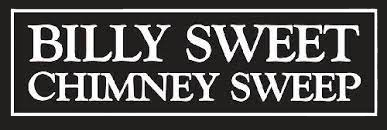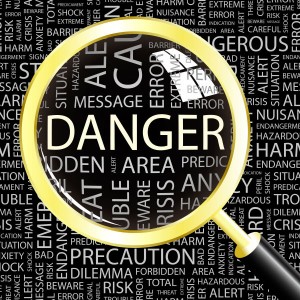Dangers of Creosote
When a chimney technician comes to your home for a chimney sweeping appointment, the main focus of their job is removing creosote, a byproduct of combustion that builds up on your flue walls as you use your wood-burning fireplace or stove. How does creosote end up in your chimney?
Hot gases rise in your flue when you light your fires, carrying along various particles; that hot gas hits the less-hot flue walls, and liquid condensation results. That condensation turns into creosote.
You’ll want to have those creosote deposits removed because they’re dirty and smelly, and as the creosote thickens on your flue walls, it can make your chimney less efficient than it could and should be. You need to have creosote removed because it’s highly flammable, and left unchecked, it could lead to a chimney fire. If that happens, best-case scenario, the creosote burns and extinguishes, cracking your flue tiles and leaving you with thousands of dollars in necessary chimney repairs. Worst-case, that fire spreads to the combustible materials in your walls and ceiling, and your chimney fire becomes a home fire.
Creosote build-up is an inevitable part of using a wood-burning fireplace, so safer fireplace use means keeping up with regular chimney sweeping and maintenance.
Different Stages Of Creosote
Creosote develops in three different stages in your flue. Stage one and two creosote, which grades from a more powder-y to a puffy or crunchy consistency, can be removed with standard chimney sweeping practices. (A CSIA-certified sweep will use chimney brushes and tools to remove the creosote from the flue walls and contain it in a specially designed vacuum.)
Stage three, or glazed creosote, is tougher — it builds from layers of sticky, liquid creosote that don’t get an opportunity to dry before another layer develops. Those layers eventually turn into a hard, shiny and extremely stubborn glaze. Chimney technicians have to use chemicals to break down glazed creosote, and cleaning that correctly is an involved, painstaking process. Still, it’s important to have glazed creosote removed, because it’s highly combustible, and very dangerous.
How To Minimize Creosote Buildup
The higher the moisture content in your firewood, the more creosote in your flue. In most cases, chimneys that develop troublesome glazed creosote got that way because the homeowner had been using green, wet wood, which burned cooler, smokier and sootier than proper, seasoned cordwood will.
Failing to open your chimney damper all the way, and allowing a fire to smolder, can also lead to more creosote buildup.
The best approach: Open your damper all the way before you light a fire, and make sure to always use seasoned or kiln-dried cordwood. And even as you’re practicing proper fireplace use, have your chimney swept regularly — cleaner chimneys are safer chimneys.

